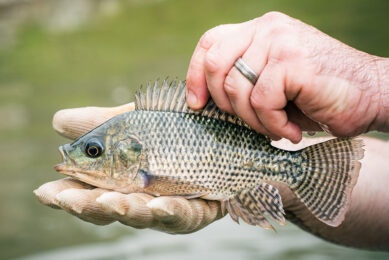Research: Selective breeding in aquaculture
Researchers from Akvafors and Nofima in Norway reviewed the importance of selective breeding in aquaculture to meet future demands for animal protein.
Aquaculture is the fastest growing food production industry, and the vast majority of aquaculture products are derived from Asia.
The quantity of aquaculture products directly consumed is now greater than that resulting from conventional fisheries.
The nutritional value of aquatic products compares favourably with meat from farm animals because they are rich in micronutrients and contain high levels of healthy omega-3 fatty acids.
Compared with farm animals, fish are more efficient converters of energy and protein. If the aquaculture sector continues to expand at its current rate, production will reach 132 million tonnes of fish and shellfish and 43 million tonnes of seaweed in 2020.
Wide variety in yield
Future potential for marine aquaculture production can be estimated based on the length of coastline, and for freshwater aquaculture from available land area in different countries.
The average marine production in 2005 was 103 tonnes per km coastline, varying from 0 to 1,721 (China).
Freshwater aquaculture production in 2005 averaged 0.17 tonnes/ha, varying from 0 to close to 6 tonnes per ha (Bangladesh), also indicating potential to dramatically increase freshwater aquaculture output.
20-fold increase
Simple estimations indicate potential for a 20-fold increase in world aquaculture production. Limits imposed by the availability of feed resources would be lessened by growing more herbivorous species and by using more of genetically improved stocks.
Aquaculture generally trails far behind plant and farm animal industries in utilizing selective breeding as a tool to improve the biological efficiency of production.
It is estimated that at present less than 10% of aquaculture production is based on genetically improved stocks, despite the fact that annual genetic gains reported for aquatic species are substantially higher than that of farm animals.
With an average genetic gain in growth rate of 12.5% per generation, production may be dramatically increased if genetically improved animals are used.
Conclusion
Importantly, animals selected for faster growth have also been shown to have improved feed conversion and higher survival, implying that increased use of selectively bred stocks leads to better utilization of limited resources such as feed, labour, water, and available land and sea areas.











